Indian monsoons steer Atlantic hurricanes towards Americas: Study
Wed 24 Oct 2018, 13:13:31

Washington: Strong monsoons in the Indian Ocean can induce easterly winds that push Atlantic Ocean hurricanes westward, increasing the likelihood they will make landfall in the Americas, according to a study.
The study, published in the journal Geophysical Research Letters, found that in years where summer rainstorms in India are stronger, Atlantic hurricanes move further westward towards land. In years where the rains are not as strong, hurricanes tend to curve northward earlier and fizzle out in the north Atlantic Ocean.
The newly-discovered relationship could help scientists better predict the path of oncoming hurricanes, especially in late summer months like September, when Atlantic hurricane activity peaks, according to researchers.
“What amazes me is how rainfall near India can drive important changes to Atlantic hurricanes half a world away,” said Patrick Kelly from the US Department of Energy’s Pacific Northwest National Laboratory.
“This research is the first to draw the connection between Atlantic hurricanes and the Indian monsoon,” Kelly said. The Indian monsoon season has typically waned by September, but climate projections suggest that under future warming conditions, monsoon precipitation will increase, and the monsoon season could end later in the year, researchers said.
As the climate continues to warm, the monsoon could have an increasing influence on the paths of Atlantic hurricanes, according to the study. “Forecasting for landfall of hurricanes on seasonal timescales is something we just haven’t typically done,” said Benjamin Kirtman, a professor at the University of Miami.
“The thing that is profoundly exciting about this work is its potential to improve seasonal forecasting and predict landfalling hurricanes,” Kirtman said. Previous research has attributed changes
in hurricane steering to El Nino-Southern Oscillation (ENSO), a periodic fluctuation in sea surface temperature and air pressure in the equatorial Pacific Ocean.
in hurricane steering to El Nino-Southern Oscillation (ENSO), a periodic fluctuation in sea surface temperature and air pressure in the equatorial Pacific Ocean.
Scientists have traditionally relied on the La Nina cool phase of ENSO to make predictions about how strong a particular Atlantic hurricane season will be, but have trouble forecasting the paths of individual hurricanes. “In seasonal forecasting of hurricanes, our biggest predictor of what’s going to happen has typically been La Nina,” Kirtman said.
“Unfortunately, seasonal forecasting based on La Nina has not been able to tell us much about landfall,” he said. In the new study, Kelly and his colleagues wanted to find out how the Indian monsoon, a known source of climate variability, affected hurricane tracks, since the Indian monsoon had not yet been investigated in the context of Atlantic hurricanes.
They conducted simulations of hurricane tracks with a model that incorporates observed variations of monsoon intensity and found that in response to strong monsoons, hurricanes shifted significantly westward. Strong monsoons influence hurricane steering by enhancing the effects of the North Atlantic subtropical high, a centre of high atmospheric pressure in the Atlantic Ocean.
When the subtropical high increases, stronger winds come from the east and push hurricanes westward. According to Kelly, La Nina and the Indian monsoon are correlated, but the strength of the monsoon influences the steering of hurricanes independently of La Nina fluctuations, which are responsible for changes in hurricane frequency.
La Nina fluctuations may result in more Atlantic hurricanes, but strong Indian monsoons steer them further westward, making it more likely they will make landfall in the Americas, researchers said.
No Comments For This Post, Be first to write a Comment.
Most viewed from National
Most viewed from World
AIMIM News
Latest Urdu News
Most Viewed
May 26, 2020
Can Lionel Messi's visit boost Indian football?
Latest Videos View All
Like Us
Home
About Us
Advertise With Us
All Polls
Epaper Archives
Privacy Policy
Contact Us
Download Etemaad App
© 2026 Etemaad Daily News, All Rights Reserved.



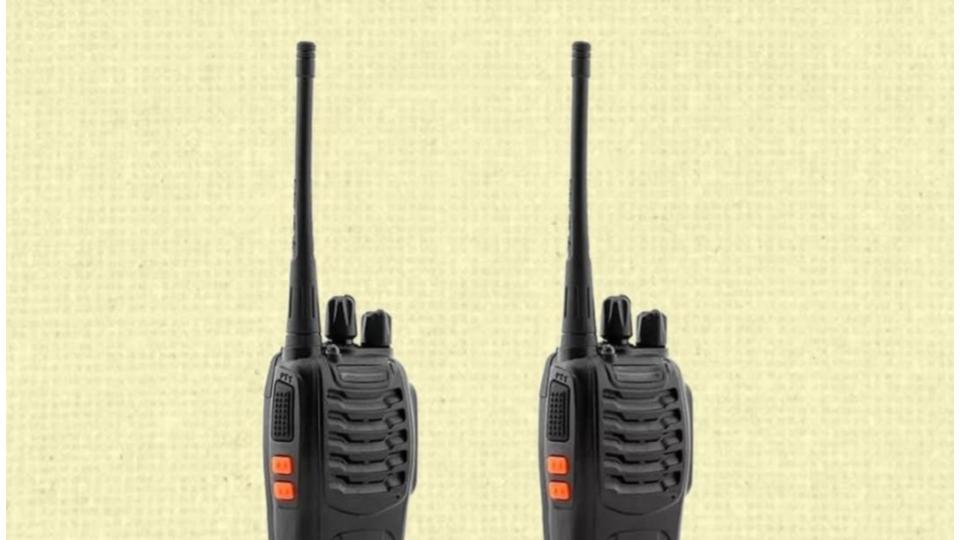


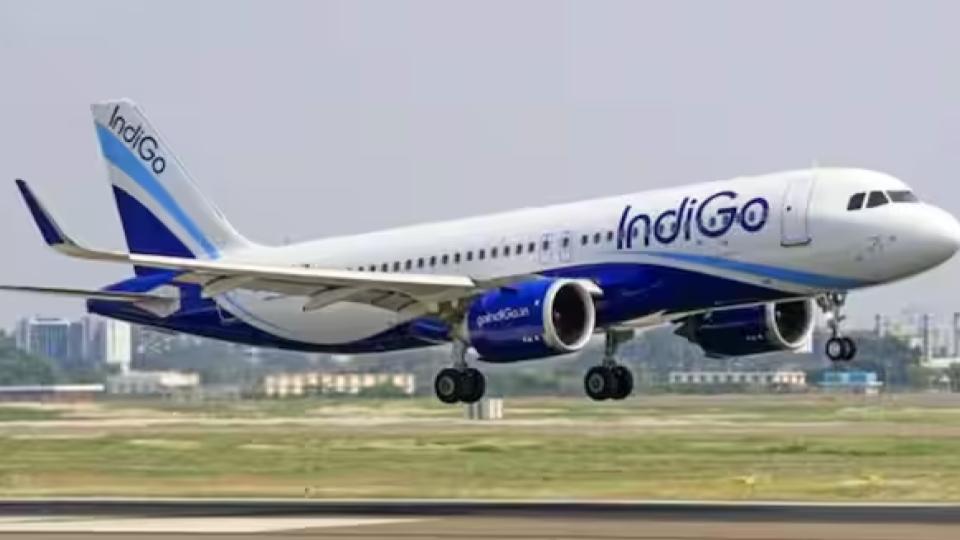


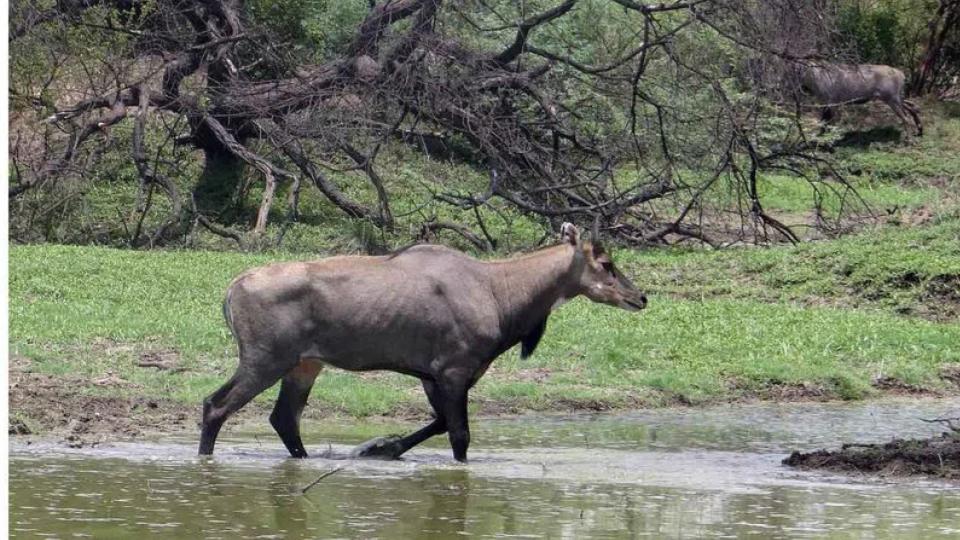
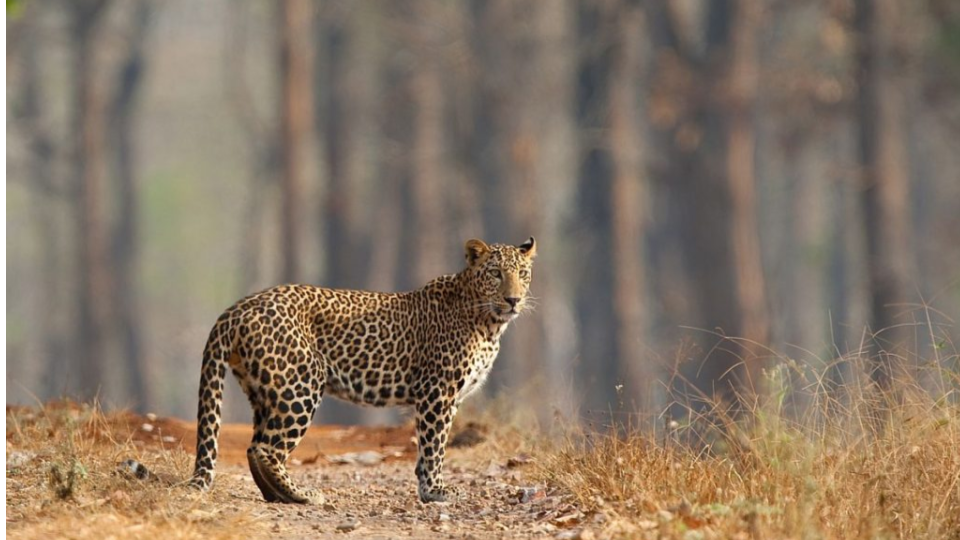
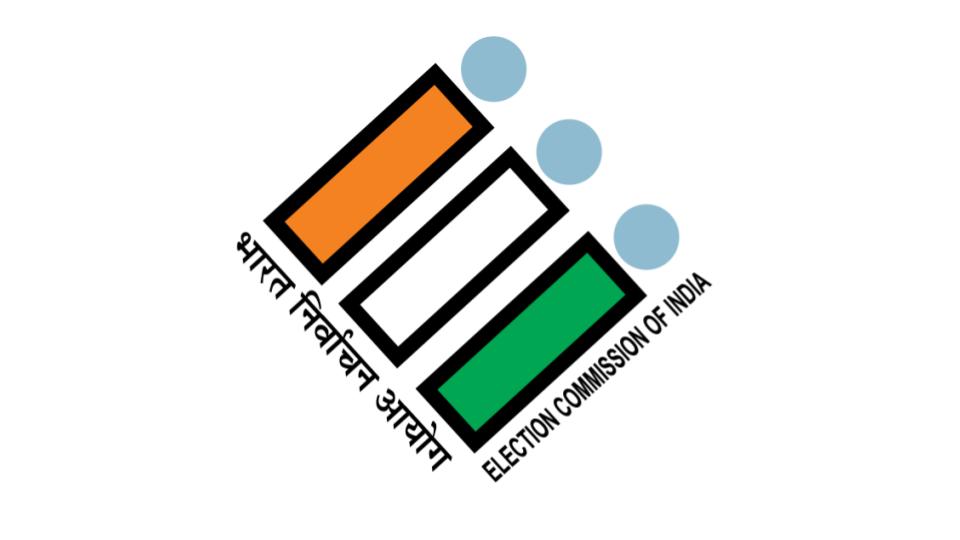




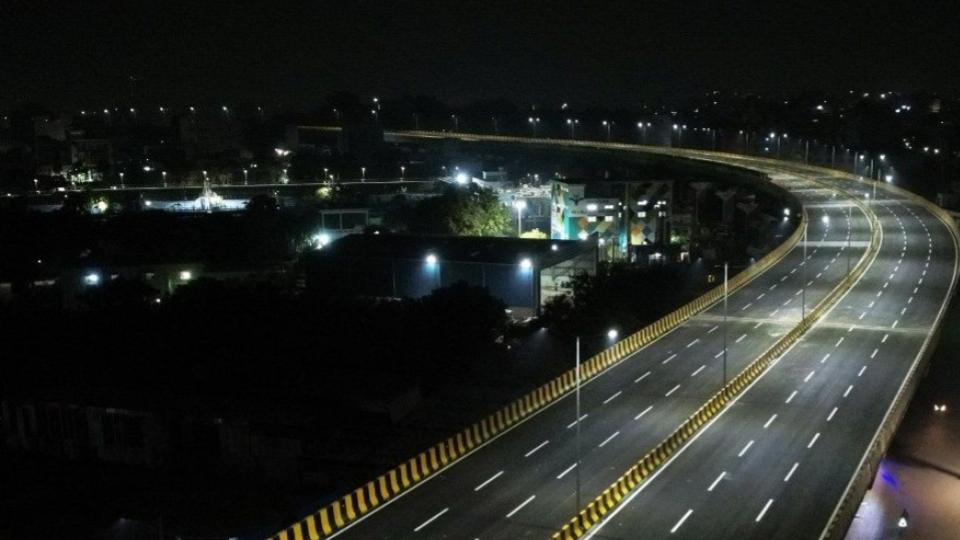





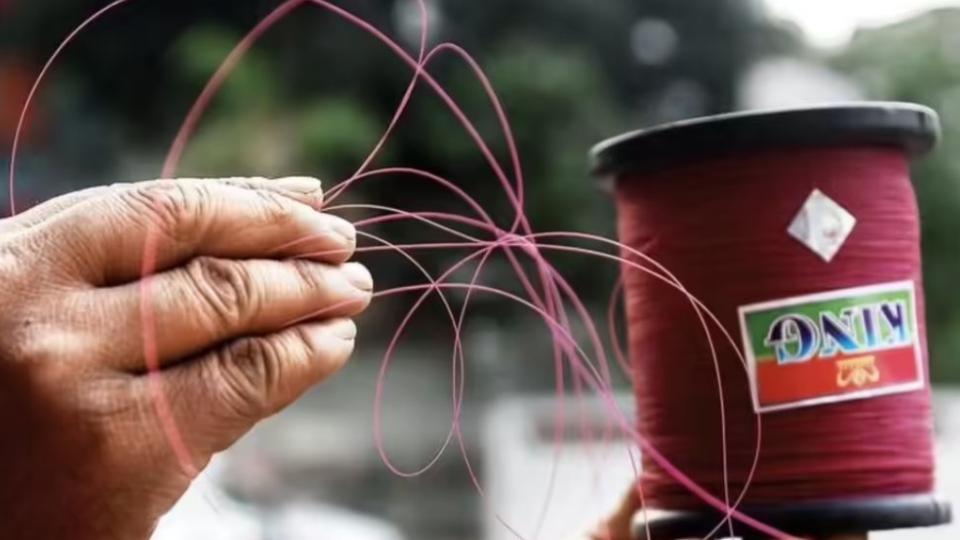














.jpg)
.jpg)
.jpg)


